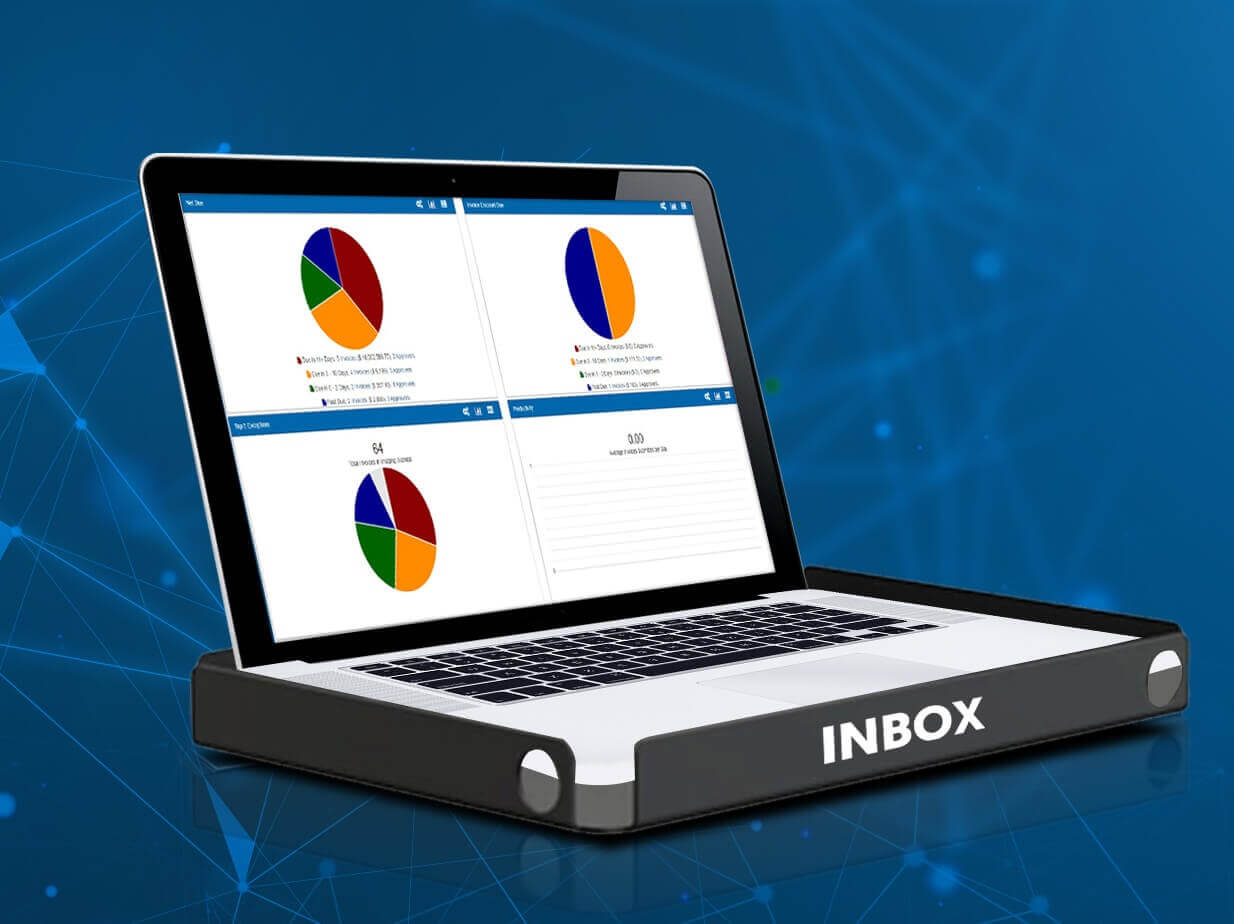
Making the Switch to E-invoicing
AP Automation has revolutionized the purchase-to-pay process for both buyers and suppliers. While many of the world’s largest companies have already made the shift from manual to automatic payments, most mid-sized companies still lag behind in this area, for a number of reasons. Medium-sized companies deal with significantly fewer invoices than larger companies. Some mid-sized companies worry that switching to E-invoicing will overextend their IT resources. Others believe they lack sufficient capital to make the switch. No matter what a company’s concerns, there is a compelling argument for making the switch to AP Automation. A range of solutions exists, offering a flexible and affordable resolution for any business. Many suppliers are content with their current paper-invoice method. They fill an order, send an invoice, and eventually get paid. The process flows smoothly—at least in theory, but in reality it is often different.
No matter how a company places their orders, there are a variety of things that can go wrong. Non-PO orders can be improperly authorized, and POs have their own pitfalls. Since many POs are manually entered, there is always the possibility that it will be inputted incorrectly, resulting in costly phone calls to correct the problem. Many of these errors can be minimized, even eliminated, with the use of Accounts Payable Automation. AP software offers features such as automatic matching, which allows a supplier to submit an invoice by simply copying the numbers over from the original purchase order. If the invoice is still created manually, many programs will display an error when the supplier tries to submit an invoice that varies from the electronic PO. Safeguards such as these prevent buyers from having to wade through all the extra work associated with incorrect invoices. Medium-sized companies often process fewer than 5,000 invoices per month, begging the question of whether or not making the switch to automated AP is worth the investment.
According to a study by the Institute of Finance and Management which included mostly small and mid-sized companies, 82 percent of invoices require some form of manual handling. The Aberdeen Group estimates that the average company spends about $6.29 per invoice, compared to the best performers which spend about $3.34 per invoice. The lowest performing companies in this area spend about $16.67 per invoice. With savings of up to $13 per invoice, there is a clear incentive for companies to make sure that their procedures for handling invoices are as efficient as possible, regardless of how many invoices they process. Over half of all companies currently receive less than 10 percent of their invoices in a form that requires no manual handling. Furthermore, most companies surveyed projected that this trend was unlikely to change anytime in the next three years, with 59 percent saying they believed they will continue to receive less than half of their invoices in forms that required no manual handling. This necessitates some way for companies to get the data from their invoices into an easily managed electronic format.
Converting data from paper or other unwieldy formats before processing it through the appropriate channels is known as front-end scanning. There are a variety of methods currently in use to perform this task. Some companies employ computer based technologies known as Optical Character Recognition (OCR) and Intelligent Character Recognition (ICR). OCR involves computers “reading” documents and converting them into text based files. ICR is when computers interpret these text files and determine things such as purchase order number, supplier identity, and payment amount. Unfortunately, these technologies are often very expensive. Alternatively, many companies may find that the most economical way of converting their paper invoices is by manually scanning them. While some large companies may have the resources to do this in-house, many mid-sized companies may find it more economical to hire out a third party. The scanned documents can move easily to the appropriate people, and if there is a bottleneck in the approval process, companies can locate and correct it. Quick approval also allows businesses to negotiate discounts with their suppliers, converting their AP departments from money-drainers into profit centers.
Medium-sized companies can gain an edge over their competitors by appropriately automating their accounts payable. Electronic invoices will move quickly through the approval process, opening the door to greater dynamic discounting and improved relationships with suppliers. Less money and time will be spent resolving incorrect invoices. The money saved by reducing the cost of handling and storing invoices will allow resources to be allocated elsewhere. Develop a plan to incorporate the best AP Automation system for your company and enjoy the benefits.